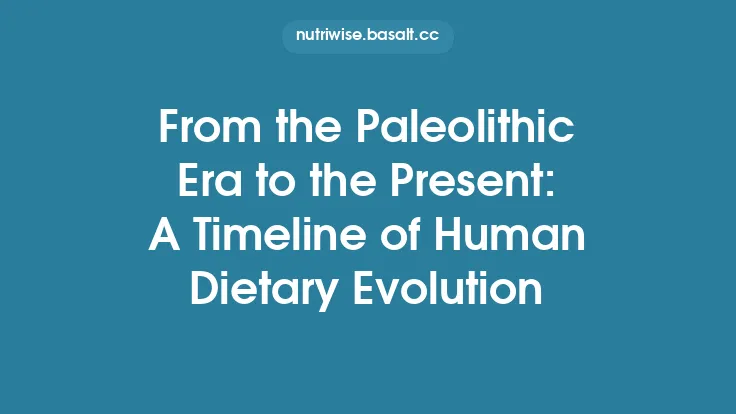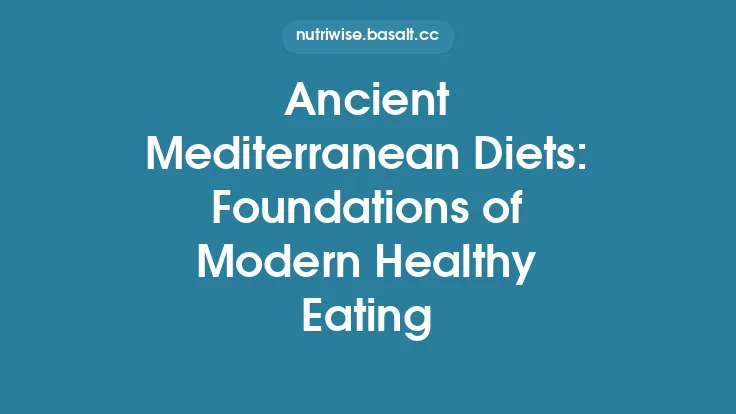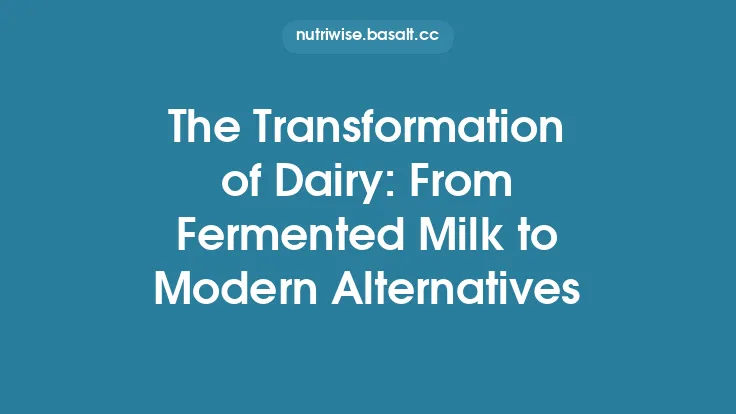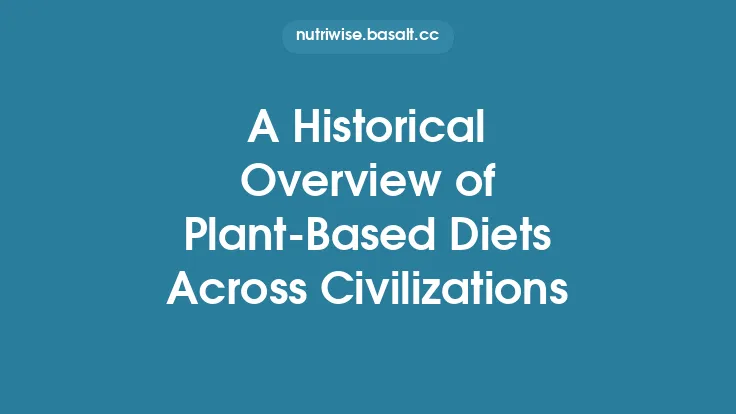The story of humanity’s staple crops begins long before recorded history, rooted in the instinct to turn wild grasses and seeds into reliable sources of nourishment. Early foragers gathered wild einkorn, emmer, and barley, observing which plants produced the most abundant and nutritious grains. Over millennia, selective gathering gave way to intentional sowing, and the first true domestication events reshaped both the landscape and the human diet. These early experiments laid the groundwork for a cascade of crop innovations that would span continents, climates, and cultures, ultimately producing the diverse array of “ancient grains” and modern superfoods we recognize today. Understanding this timeline reveals not only how agricultural practices evolved but also why certain crops have endured as nutritional cornerstones across the ages.
Early Domestication of Cereals
The earliest known cereal domestication occurred in the Fertile Crescent around 10,000 BCE, where wild einkorn (Triticum monococcum) and emmer wheat (Triticum dicoccum) were gradually transformed through human selection. Key genetic changes—such as non-shattering seed heads and larger grain size—made harvesting more efficient and yields more predictable. Parallel developments in the Near East saw the domestication of barley (Hordeum vulgare), prized for its adaptability to marginal soils and its role in early brewing practices. These cereals provided a caloric base that supported the rise of permanent settlements, enabling surplus storage and the emergence of complex societies.
The Rise of Legume Staples
While cereals dominated the early agricultural landscape, legumes such as lentils (Lens culinaris), chickpeas (Cicer arietinum), and peas (Pisum sativum) were simultaneously domesticated in the Near East and the Mediterranean basin. Legumes offered a complementary nutritional profile, delivering essential amino acids, dietary fiber, and micronutrients like iron and folate. Their ability to fix atmospheric nitrogen enriched soils, fostering a sustainable cropping system that reduced the need for fallow periods. The symbiotic relationship between cereals and legumes became a cornerstone of traditional mixed farming, a practice that persists in many regions today.
Millet and Sorghum: Resilience in Arid Regions
In the semi‑arid zones of sub‑Saharan Africa and the Indian subcontinent, millet (Panicum miliaceum, Setaria italica) and sorghum (Sorghum bicolor) emerged as vital staples. These C4 grasses possess high water‑use efficiency and tolerance to heat stress, allowing cultivation on marginal lands where wheat and rice would fail. Archaeobotanical evidence places millet cultivation in northern China as early as 7,000 BCE, while sorghum appears in the Sahelian archaeological record by 5,000 BCE. Their nutritional composition—rich in magnesium, phosphorus, and B‑vitamins—has made them indispensable in regions prone to drought and food insecurity.
The Spread of Rice and Its Global Impact
Rice (Oryza sativa) represents a unique case of parallel domestication: one lineage in the Yangtze River valley (japonica) and another in the Ganges‑Brahmaputra basin (indica). By 5,000 BCE, rice paddies were already transforming floodplain ecosystems into highly productive fields. The plant’s ability to thrive in water‑logged soils opened new agricultural frontiers, supporting dense populations in East and Southeast Asia. Beyond caloric yield, rice supplies essential nutrients such as thiamine, niacin, and a modest amount of protein, and its bran layers (brown rice) retain fiber and antioxidants that have attracted modern health interest.
Quinoa and Amaranth: Andean Superfoods
High‑altitude cultivation in the Andes gave rise to quinoa (Chenopodium quinoa) and amaranth (Amaranthus spp.) around 3,000 BCE. These pseudocereals are distinguished by their complete amino acid profiles, high lysine content, and a spectrum of micronutrients including zinc, iron, and vitamin E. Their seed coats contain saponins, which deter pests but also require processing—a practice that historically shaped communal labor patterns. The resilience of quinoa and amaranth to frost, salinity, and low‑phosphorus soils has made them attractive candidates for contemporary climate‑smart agriculture.
Ancient Grains in the Modern Health Movement
The 20th and 21st centuries witnessed a resurgence of interest in ancient grains, driven by research linking whole‑grain consumption to reduced risk of cardiovascular disease, type 2 diabetes, and certain cancers. Whole‑grain wheat, barley, and rye retain bran and germ, providing dietary fiber, phytochemicals, and minerals. Simultaneously, niche markets have popularized spelt (Triticum spelta), einkorn, and kamut (Triticum turgidum ssp. turanicum) for their perceived lower gluten content and distinct flavor profiles. Nutritional analyses reveal that these grains often contain higher levels of antioxidants such as phenolic acids and flavonoids compared with modern refined wheat.
Emerging Pseudocereals and Their Potential
Beyond quinoa and amaranth, a new wave of pseudocereals is entering mainstream agriculture. Buckwheat (Fagopyrum esculentum), though botanically unrelated to wheat, offers a gluten‑free protein source rich in rutin, a flavonoid with vascular benefits. Teff (Eragrostis tef), native to Ethiopia, provides a high calcium content and a favorable iron‑to‑phytate ratio, enhancing mineral bioavailability. These crops are being evaluated for their agronomic traits—short growth cycles, low input requirements, and adaptability to marginal soils—making them promising components of diversified cropping systems aimed at food security.
Future Directions: Breeding and Sustainability
Advances in genomics and marker‑assisted selection are accelerating the improvement of ancient grains and superfoods. By identifying genes responsible for drought tolerance, disease resistance, and nutrient density, breeders can develop varieties that meet the dual challenges of climate change and rising global demand. For instance, CRISPR‑based editing of the grain hardness gene in wheat can enhance milling quality while preserving nutritional integrity. Moreover, integrating these crops into agroecological practices—such as intercropping legumes with cereals or employing cover crops—can improve soil health, reduce reliance on synthetic inputs, and lower greenhouse‑gas emissions.
The timeline from wild grasses to today’s superfood market illustrates a continuous thread of human ingenuity: selecting, adapting, and valorizing staple crops to meet nutritional needs across diverse environments. By appreciating the deep historical roots of these grains, we gain insight into their enduring relevance and the opportunities they present for building resilient, health‑focused food systems in the decades ahead.





